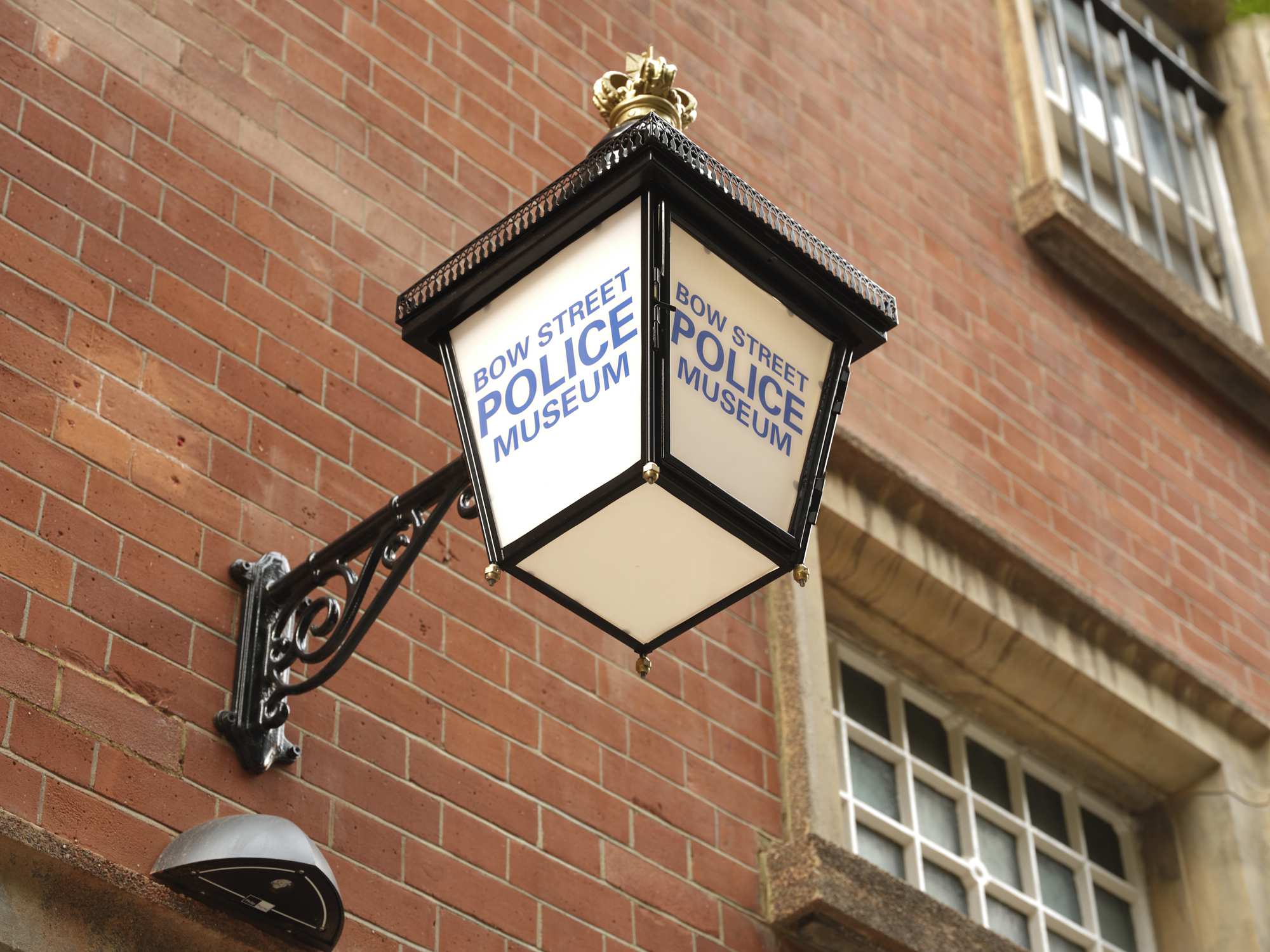
The building was home to what is often regarded as the capital’s first professional police force.
One of London’s oldest police stations is opening its cells to the public as it reinvents itself as a museum.
Bow Street Police Museum, which welcomes visitors from Friday, will tell the story of the Bow Street Runners, often regarded as the capital’s first professional police force.
The station and attached courthouse opened in Covent Garden in 1881 and the station closed in 1992.

The museum will shine a light on investigations, arrests and famous cases from across that period.
Among the collection are the original dock from court number two, early equipment used by the Bow Street Runners including a cutlass and a replica Runners uniform featuring the red waistcoat that earned officers the nickname “robin red breasts”.
Also included is a reproduction of a collection of sketches by court artist William Hartley and personal belongings of former officers.
Visitors can also spend time in “the tank”, a large cell that was often the destination for men arrested for drunken behaviour in public.

The Magistrates’ Court next door also dealt with extradition proceedings, terrorist offences and cases related to the Official Secrets Act, before shutting its doors in 2006.
This brought to Bow Street IRA cases and the extradition case of former Chilean president Augusto Pinochet.
The Kray twins, Oscar Wilde and Suffragettes Sylvia and Christabel Pankhurst were also among those who found themselves up before the court.
Museum manager Vicki Pipe said: “The life of the police station and Magistrates’ Court at No. 28 Bow Street is a fascinating slice of London history, packed with incident and stories. We are opening a Museum that will reflect this and reward the curious.

“This is a unique moment to be launching a new museum, and particularly one exploring the topic of criminal justice. We are conscious of current debates around policing, and aim to be an unbiased, ever-changing and welcoming place for discussions about the history of policing and its evolution.”
Curator Jen Kavanagh said: “Creating a museum in such an important and iconic building such as No.28 Bow Street has allowed us not only to delve into the rich history of policing on Bow Street in the eighteenth and nineteenth centuries, but also to capture and share first-hand accounts from those who worked as the last of the ‘Runners’ before the station closed in 1992.
“The photographs, newly commissioned film and audio extracts will give our visitors a personal insight into what working life was like at the police station, and the unique relationship between the station and the Magistrates’ Court.”
Philip Gough, museum trustee and former inspector at Bow Street, said: “As a trustee and a former Bow Street police officer, present at the closure of the police station, l take great pride in now having an opportunity to ensure the station and courts’ place in history is preserved for future generations.
“It is my hope that through the presence of the Museum, visitors will have an opportunity to appreciate the rich history of how policing in London has developed and the important role the police and court service plays in society.”


 Shannen Doherty: Beverly Hills, 90210 Star Dies Aged 53
Shannen Doherty: Beverly Hills, 90210 Star Dies Aged 53
 Olivia Dean, Chaka Khan, Terence Trent D’Arby And Dionne Warwick Confirmed For Star-Studded Love Supreme
Olivia Dean, Chaka Khan, Terence Trent D’Arby And Dionne Warwick Confirmed For Star-Studded Love Supreme
 Boom Shakes The Room — Explosion of Colour And Happy Vibes At Spellbinding Gathering
Boom Shakes The Room — Explosion of Colour And Happy Vibes At Spellbinding Gathering
 Struggling To Sleep? New Research Names The Movies That Will Help
Struggling To Sleep? New Research Names The Movies That Will Help
 22 For 22: Isle Of Wight Talent For Your Radar Next Year
22 For 22: Isle Of Wight Talent For Your Radar Next Year
Comments
Add a comment